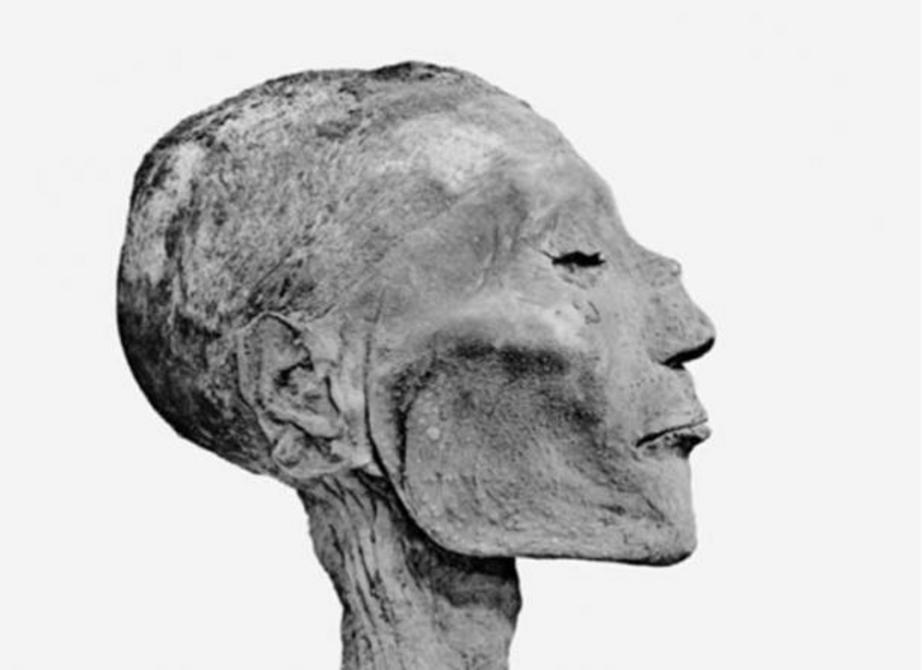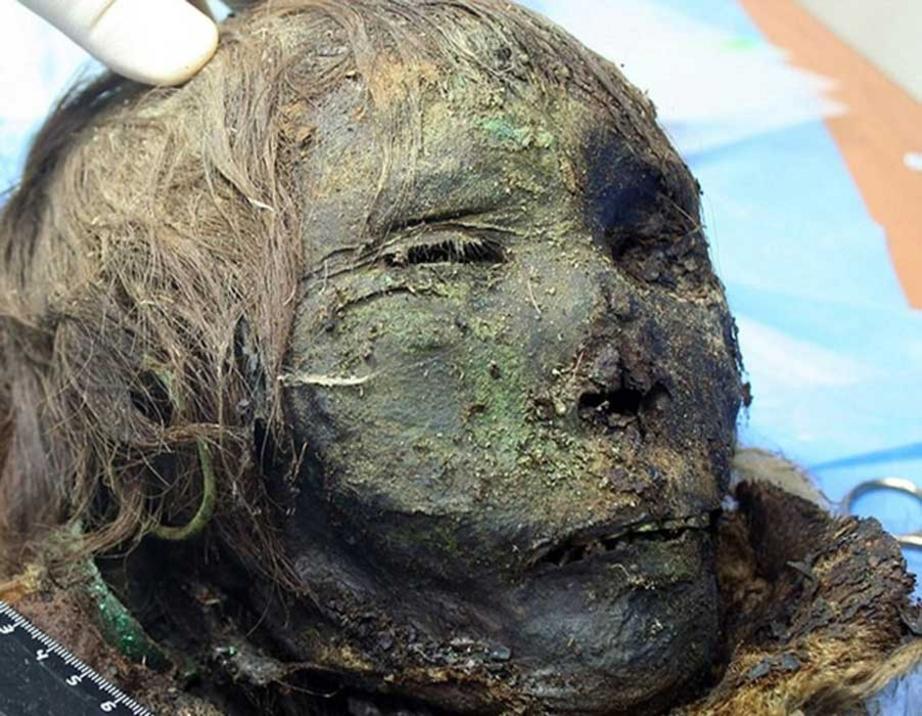Viruses sleeping in mummies—Could ancient corpses lead to modern epidemics?
Mummies fascinate historians, archaeologists, and anyone with antiquarian leanings. Mummies allow scientists to learn more about the diets, clothing, appearance, genetics, and general lifestyle of ancient populations than would be otherwise possible. The process of mummification, however, may preserve more than just the flesh and clothing of ancient pharaohs and desert nomads. Forensic scientists have discovered that ancient viruses and possibly other potential pathogens can remain dormant within the bodies of mummies. This leads to the question of whether investigation of mummies could accidentally bring back long dead diseases like smallpox. Studies of pathology in mummies show that this is a plausible scenario, especially for mummies from cold climates.
A virus that is often a subject of discussion within this topic is smallpox. Smallpox is a deadly disease that kills about a third of those who contract it. By 1977, aggressive vaccination campaigns carried out by doctors and other health professionals were successful in completely eradicating the disease except for a couple of virus specimens that remain in vials in heavily guarded laboratories around the world.
![Watercolor illustration from a Japanese work on smallpox entitled Toshin seiyo [The essentials of smallpox]. ( CC BY 4.0 )](https://nexusnewsfeed.com/images/articles/article-47341/desktop/watercolor-illustration.jpg?s=sm) Watercolor illustration from a Japanese work on smallpox entitled Toshin seiyo [The essentials of smallpox]. ( CC BY 4.0 )
Watercolor illustration from a Japanese work on smallpox entitled Toshin seiyo [The essentials of smallpox]. ( CC BY 4.0 )
Remnants of the virus, however, have been found in other places. The scab that forms from smallpox can encase specimens of the virus allowing them to be preserved over long periods of time, even thousands of years. If the body of the person who contracted smallpox is mummified, these scabs could contain remnants of the virus. Degraded forms of the virus have been discovered in a 3,200-year-old Egyptian mummy who appears to have died of smallpox and the mummy of an African-American woman from the mid-19th century. Although remnants of the virus have been found in Egyptian and other mummies, viruses that pose a threat have so far not been found. In every case, the virus is too degraded to be viable.
 Head of mummy of pharaoh Rameses V shows bumps suggesting he died of smallpox. ( Public Domain )
Head of mummy of pharaoh Rameses V shows bumps suggesting he died of smallpox. ( Public Domain )
A Russian research group studied a series of Siberian ice mummies to see if they could find preserved viruses. In all cases, they did not find any specimens. Non-scientists might be puzzled, perhaps a bit disturbed, that scientists would be dismayed that the active version of a deadly virus has so far not been found. Although it would be a serious biohazard if a dormant variola (smallpox) virus were to be revived and begin infecting human hosts, it is also good to have intact samples of the virus to learn how to develop vaccines to fight it in case it was ever revived.
Although this search for viruses preserved in mummies has so far been unsuccessful, it has been suggested by medical researchers that mummies in cold climates might pose a greater threat for being the source of viruses than mummies found in hot, dry climates.
Over the years, scientists have found several examples where dormant viruses trapped in ice or permafrost were revived once the ice or permafrost melted. One example of this is a strain of giant viruses found in Siberian permafrost. Luckily, these viruses only infect amoeba, not humans or animals, but some health professionals are concerned that ancient human pathogens may be preserved in permafrost or ice which could lead to future health issues as permafrost regions continue to melt around the globe.
For the rest of this article please go to source link below.

